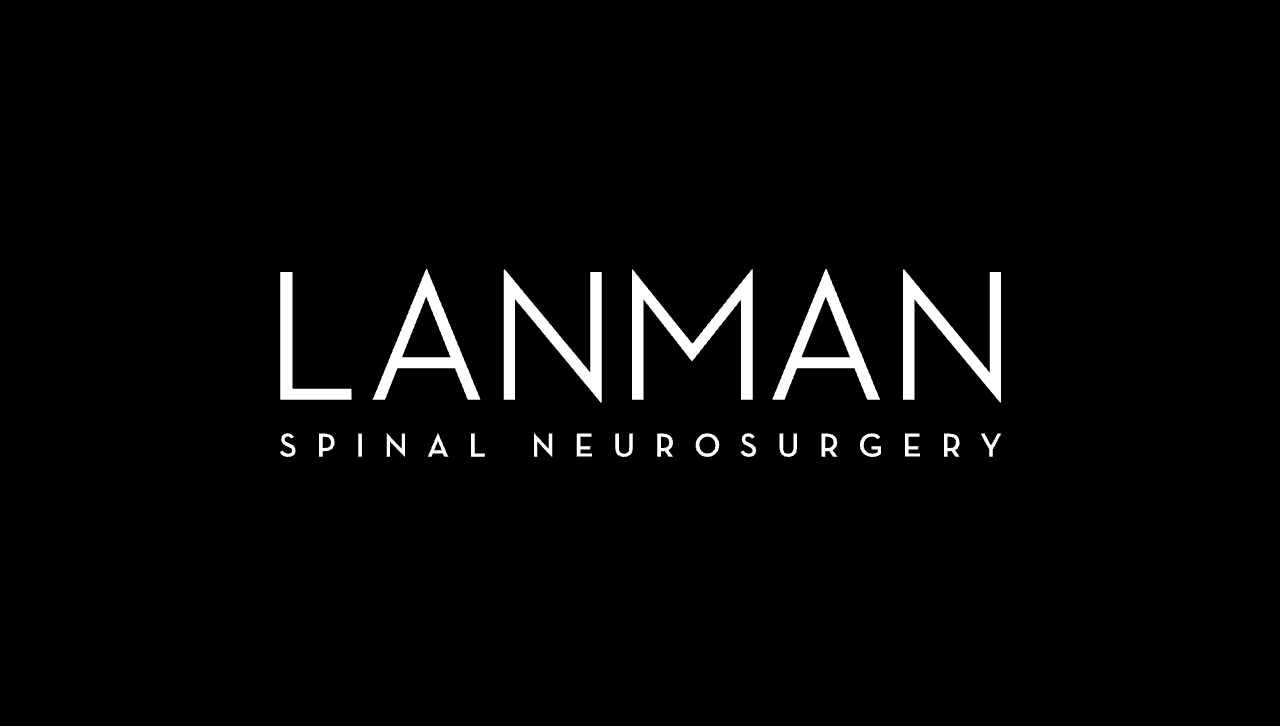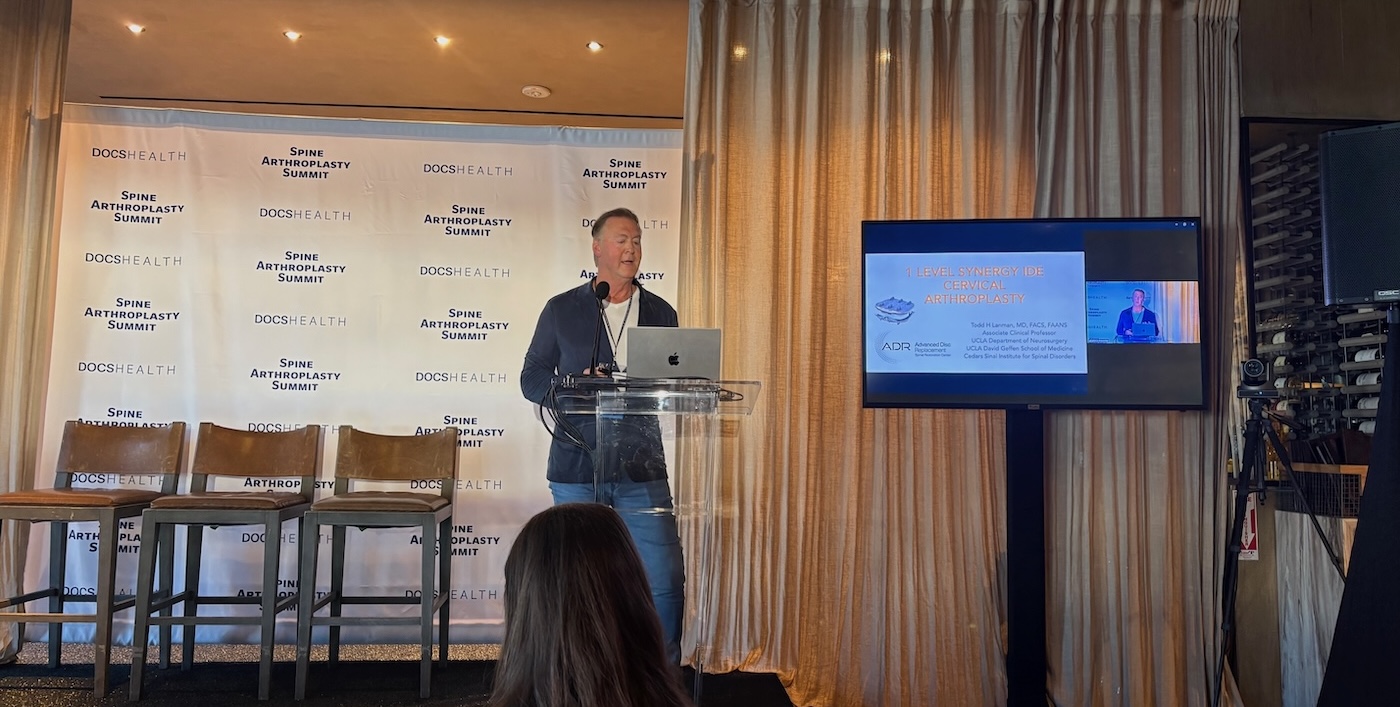The primary goal of scoliosis surgery is to correct the abnormal curvature of the spine and stabilize it, which can reduce back pain and improve the biomechanics of the spine. While scoliosis surgery can have a positive impact on back pain, it’s important to note that individual experiences may vary. Some individuals may experience immediate relief from back pain following surgery, while others may have a more gradual improvement. It’s also possible that some residual discomfort or occasional pain may persist even after a successful surgery.
Preoperative Preparations
Collaborating with Your Spinal Surgeon
It’s essential to have open communication with your healthcare team regarding your expectations for scoliosis surgery. It is also important to discuss the possibility of pain after scoliosis surgery and ways to mitigate or manage it. Your spin surgeon can provide pain management strategies and recommendations for postoperative care and rehabilitation to optimize your recovery and minimize discomfort.
Preparing Your Home for Scoliosis Surgery Recovery
Clear pathways: Remove any obstacles, such as furniture or rugs, that may pose a tripping hazard. Ensure that there is enough space to maneuver safely with crutches, a walker, or a wheelchair if needed.
Create a recovery area: Set up a designated area where you can rest and recover comfortably. This could be a bedroom or a living room space. Make sure it is easily accessible and equipped with items you may need, such as pillows, blankets, and a small table to keep essential items within reach.
Arrange for assistance: Coordinate with family members, friends, or caregivers who can help you with daily tasks during your recovery period. Ensure there is someone available to assist you with activities like grocery shopping, meal preparation, and household chores.
Bathroom modifications: Consider installing grab bars in the bathroom near the toilet and shower to provide additional stability and support. A shower chair or bench can make bathing safer and more comfortable. Ensure that bath towels and toiletries are within easy reach.
Comfortable seating and bedding: Choose supportive and comfortable seating options that provide adequate back support. If needed, use cushions or pillows to make seating more comfortable. Choose a suitable mattress and bedding that promotes good sleep and spinal alignment.
Organize necessities: Place frequently used items at waist height or in easily accessible locations to minimize the need for reaching or bending. This includes medications, water bottles, snacks, reading materials, and electronic devices.
Meal preparation: Prepare meals in advance or consider using a meal delivery service to ensure you have nutritious food readily available during your recovery. Stock up on non-perishable snacks and easy-to-prepare meals to minimize the need for extensive cooking.
Communication and entertainment: Keep a phone or a mobile device with you to stay connected with loved ones, healthcare providers, or emergency services if necessary. Prepare entertainment options like books, movies, or games to keep yourself occupied during rest periods.
Immediate Postoperative Care
Pain Medication and Treatment Options
Your doctor may prescribe pain medications or recommend over-the-counter pain relievers to manage post-surgery pain. Usually, opioid pain medications are used initially after surgery when pain is at its greatest. Within several days, however, you will probably be able to transition to acetaminophen.
Applying a heating pad or hot pack to the affected area may help relax muscles and alleviate pain. Cold therapy, such as using ice packs, can reduce inflammation and numb the area. Alternate between heat and cold therapy based on your doctor’s recommendations.
Your surgical incision site(s) will require proper care to prevent infection. Follow the instructions provided by your surgeon for cleaning and dressing the incision site. Report any signs of infection, such as increased redness, swelling, warmth, or drainage, to your healthcare team.
Depending on your specific surgery and surgeon’s recommendations, you may be encouraged to start moving and walking with assistance as soon as possible. Follow the guidance of your healthcare team regarding mobility and positioning to prevent complications and promote healing.
Deep breathing and coughing exercises: Performing deep breathing and coughing exercises as instructed by your healthcare team helps prevent respiratory complications, such as pneumonia or atelectasis. These exercises help expand the lungs, clear mucus, and improve lung function.
Physical Therapy and Rehabilitation
The Role of Physical Therapy in Post-Surgical Recovery
Physical therapy is an important part of the scoliosis surgery process.
Physical therapists may use manual therapy, therapeutic exercises, heat or cold therapy, electrical stimulation, and ultrasound to treat postoperative pain, inflammation, and muscle tension.
Scoliosis surgery can temporarily limit the range of motion in the spine and surrounding areas. Physical therapists can employ specific exercises and stretches to gradually restore flexibility, improve joint mobility, and reduce stiffness.
Scoliosis surgery often involves spinal fusion, which alters the biomechanics of the spine. Physical therapists can develop a personalized exercise program targeting the muscles around the spine to improve strength and stability. Strengthening these muscles can help alleviate stress on the fused segments and surrounding structures, reducing pain.
Physical therapy focuses on improving functional abilities and restoring independence in daily activities. Therapists can guide you through specific exercises and functional tasks to enhance mobility, balance, and coordination. This can assist in reducing back pain and improving overall quality of life.
Spinal Bracing and Support
Spinal braces like the Boston brace, Milwaukee brace, and Charleston bending brace are used prior to or instead of scoliosis surgery. Spinal braces are often used in children and adolescents who have not finished growing. The goal of spinal bracing is to prevent further progression of the curve and to support the spine. After scoliosis surgery, your spine surgeon may ask that you wear a back brace to protect your spine, like wearing a cervical collar after neck spine surgery.
Maintaining Proper Alignment and Support
Physical therapists can educate you about your condition, the surgical procedure, and strategies for self-management. They can teach you proper body mechanics, ergonomic principles, and techniques for pain relief. They can also provide guidance on activity modification, lifestyle modifications, and home exercises to support your recovery and prevent future back pain.
Scoliosis surgery aims to correct spinal curvature and improve alignment. Physical therapists can teach you proper posture techniques and provide exercises and strategies to promote optimal alignment and body mechanics. This can help reduce strain on the spine and alleviate pain.
Conclusion
Strategies to relieve back pain after scoliosis surgery include pain-relieving medications, modified activity, physical therapy, and techniques and devices to improve and maintain posture. Remember that each person’s journey of recovery is unique; your spine surgeon will provide a rehabilitation plan that is individualized to your needs and preferences.
Frequently Asked Questions
How long does it take to recover from scoliosis surgery?
The recovery time from scoliosis surgery can vary depending on various factors, including the type of surgery performed, the extent of the spinal fusion, the individual’s overall health, and their adherence to postoperative care instructions. Generally, it takes several months to a year for a patient to fully recover from scoliosis surgery. Here is a general timeline of the recovery process:
Hospital stay: The initial hospital stay typically lasts around 3 to 7 days, during which time the patient is closely monitored for any immediate postoperative complications.
Immediate postoperative period: During the first few weeks after surgery, the focus is on pain management, wound healing, and gradually regaining mobility. Physical therapy may be initiated to help with mobility and rehabilitation exercises.
First few months: In the following months, the patient will continue physical therapy and rehabilitation exercises to strengthen the muscles around the spine, improve flexibility, and regain functional abilities. Pain and discomfort gradually decrease during this period.
Three to six months: By this stage, most patients can return to light activities and may start resuming school or work, depending on their individual circumstances. Physical therapy may still be ongoing, focusing on further strengthening and improving range of motion.
Six months to one year: Full recovery is typically expected within this time frame, although it can vary from person to person. The patient’s spine continues to fuse and heal during this period. It is important to follow the surgeon’s guidelines regarding activity restrictions, such as avoiding heavy lifting or high-impact activities.
It’s worth noting that every individual’s recovery is unique, and the timeline can be influenced by factors such as age, overall health, and the complexity of the surgery. It’s important to consult with the surgeon and healthcare team to get a personalized assessment of your recovery timeline and specific postoperative care instructions. They can provide more accurate information based on your specific case.
Can physical therapy help reduce back pain after scoliosis surgery?
Yes, physical therapy can substantially reduce back pain and improve overall function after scoliosis surgery. Physical therapy can help you strengthen your muscles, improve posture and alignment, and regain range of motion.
Are there any alternative treatments for managing back pain post-surgery?
Some patients report pain relief from acupuncture, mindfulness meditation, and massage therapy. Chiropractic manipulation should be used with caution or avoided until you have substantially healed from your scoliosis surgery.
When should I seek medical advice for persistent or worsening pain?
Keep in mind you may experience discomfort for several weeks after scoliosis surgery. Pain should gradually lessen after your scoliosis surgery. If your pain is not adequately controlled with your current treatments or gets worse, talk to your doctor.
Is it normal to experience occasional discomfort even after a successful surgery?
Yes. Scoliosis surgery is a major procedure involving several bones in the spine. Anyone undergoing scoliosis surgery should be aware they may experience discomfort from time to time, especially during the initial healing process.
Can I engage in sports or strenuous activities after scoliosis surgery?
You will not be able to engage in sports or strenuous activities for at least three to six months after scoliosis surgery. After that time, it is important to speak with your doctor about what type of sports are safe for you. Heavy lifting, twisting, or high-impact sports may not be possible after scoliosis surgery, even after the healing process is complete








